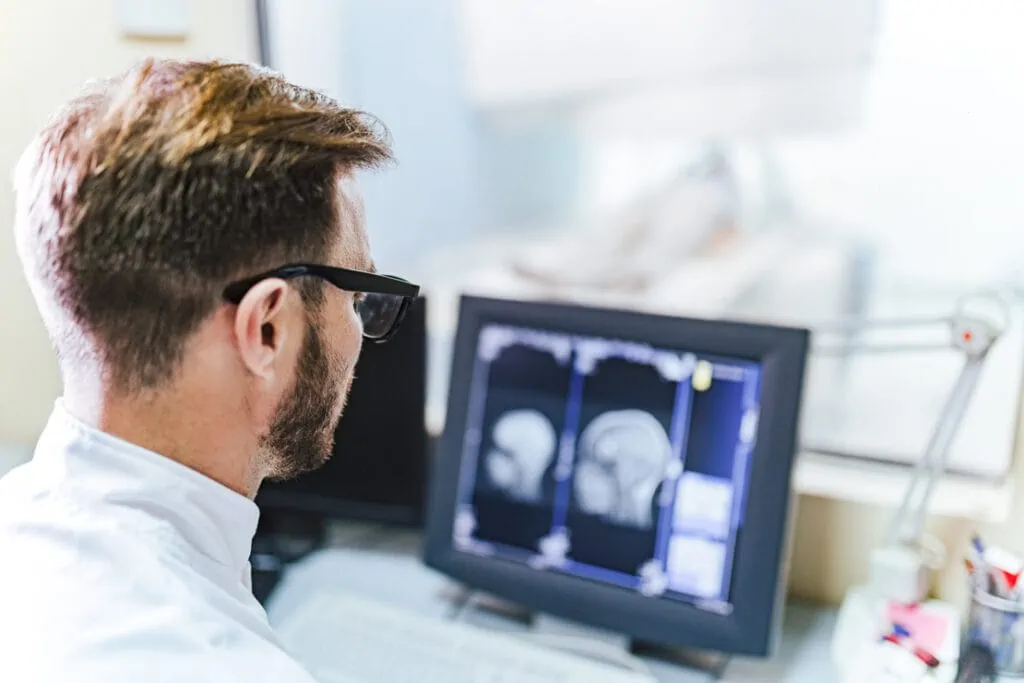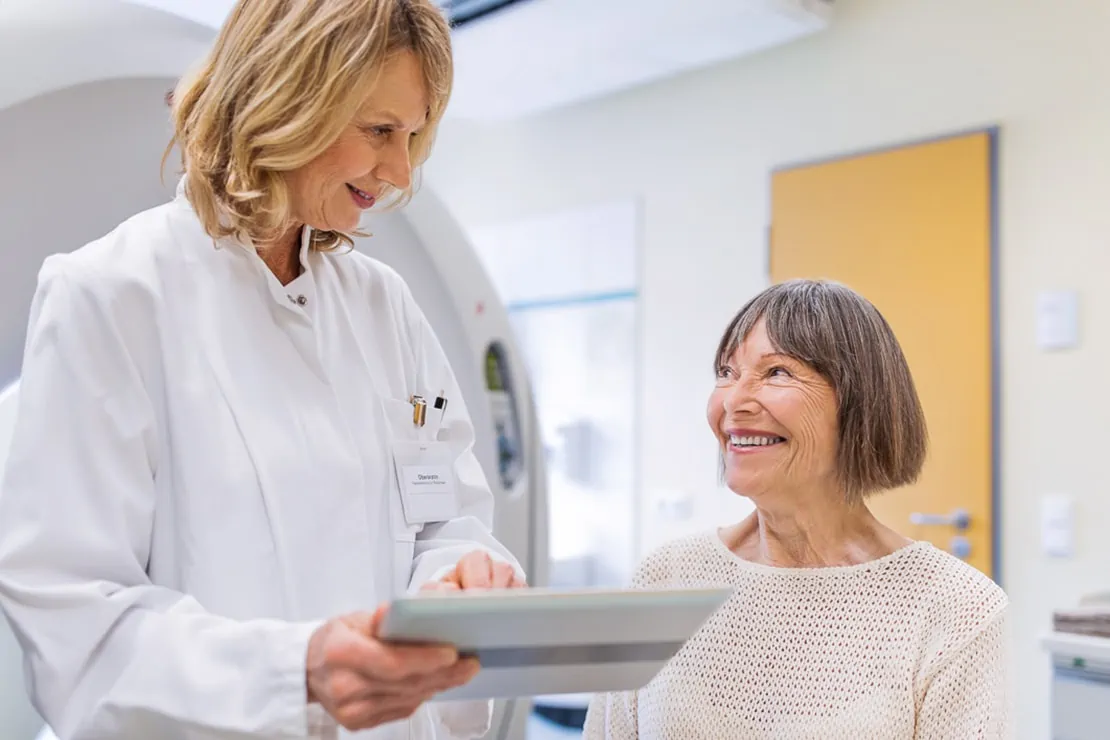- By Miriam Friedmann
European Health Data Space: A Health Data Space for Europe
The European Health Data Space aims to exchange health data within the European Union according to standardized rules. The goal is to strengthen the healthcare ecosystem, give patients access to their personal data and improve medical research in Europe. This article summarizes the most important facts about the European Health Data Space and related approaches.

Things to know about the European Health Data Space
The European Health Data Space – in short EHDS is intended to regulate and promote the exchange of health data within the EU. This should improve the treatment of patients throughout Europe and support medical research.
The first draft for the European Health Data Space (EHDS), presented in May 2022, is currently being discussed in the European Council and the European Parliament. The legislative process should be completed by the end of 2023, so that the EU Health Data Space can be implemented by 2025.
Goals of the EHDS
In addition to improve cross-border medical care, the EHDS is intended to give each and every EU citizen more power over their own data. Through free digital access to their health data, patients should be able to control whether and with whom they want to exchange data within the EU.
Patients should be enabled to share health data, such as images, lab results or electronic prescriptions, through their standardized electronic medical record.
The benefits of the European Health Data Space
What is the benefit of sharing health data via an EU Health Data Space? Let's explain with an example: Let's assume an EU citizen has to go to the emergency room outside her home country and is x-rayed.
Once the EHDS is in place, the patient can simply share this X-ray images with his physician in his home country via the EHDS-compliant platform. This helps to avoid unnecessary duplicate exposures and allows for faster onward care.
What happens to patient data in EHDS?
Patients are at the center of the European Health Data Space. In addition, the EHDS aims to promote digital health services and products as well as to exploit the potential of the health data available in the EU.
Therefore, anonymized health data shall be allowed to be used for research and development purposes as well as for policy and regulation. In order to ensure data security in the context of this secondary use and to avoid potential misuse, the European Health Data Space defines clear rules on data usage.
Towards the European Health Data Space (THEDAS)
THEDAS – Towards the European Health Data Space was launched to develop European guidelines for secondary data use. THEDAS supports EU member states and the European Commission in developing concepts for the use of health data for the benefit of healthcare, health research and innovation.
Established solution for sharing patient data
HealthDataSpace: GDPR-compliant data room
The EHDS aims to make health data transparent for patients and create easy access to it. With the digital patient portal HealthDataSpace from Telepaxx, there is already an established data room for patient data in Germany. Doctors can use it to share diagnostic images and findings easily and in compliance with data protection laws.
At the same time, patients gain access to their health data stored in HealthDataSpace. They can view this data via any web browser and, for example, forward it to doctors or therapists who will continue treating them.
Digital access to your own health data
Digital access to your own health data is not always possible in Germany: Often patient data is still distributed in handwritten files, in isolated software systems or on CD-ROMs.
Alexandra von Korff, managing director of the yeswecan!cer initiative and herself a cancer patient, illustrated just how problematic this is from the patient's point of view at Bits & Pretzels Health Tech in June 2022: "During my diagnosis, I ran from doctor to doctor and department to department with a thick folder full of papers and had to retell my diagnosis and therapy over and over again."
 Alexandra von Korff (middle), ©UrsGolling/Bits&Pretzels
Alexandra von Korff (middle), ©UrsGolling/Bits&Pretzels
Digital health data as a prerequisite for modern medical technology
Current developments show: Without a data strategy - whether at European, national or company level - modern, digital health services cannot be implemented.
That's why clinics and physicians should address in good time how to prepare the healthcare data they hold for the digital future. This not only ensures greater efficiency in clinics and practices, but also relieves the burden on staff and improves healthcare. Legally compliant storage and archiving of such data in a cloud is essential for this.

Initial Consultation
You have questions about HealthDataSpace?
Feel free to contact me to learn more about how you can use the medical data sharing platform HealthDataSpace to share diagnostic images and findings digitally - with patients, but also with other medical institutions.
Other articles that may interest you.

The GDNG: What the law means for clinics and researchers
Clarity at last on the handling of health data thanks to the Health Data Utilization Act (GDNG). What the law means for clinics and science: we take a look at the key points.

Bavarian Hospital Act: patient data permitted in the cloud
Bavarian hospitals have been allowed to process patient data in the cloud since June 2022. You can read about the advantages of this and what to look out for here.

The medical physics expert: role and tasks
The medical physics expert must be involved in certain radiological examination procedures. This blog post summarizes the tasks of a medical physics expert.
